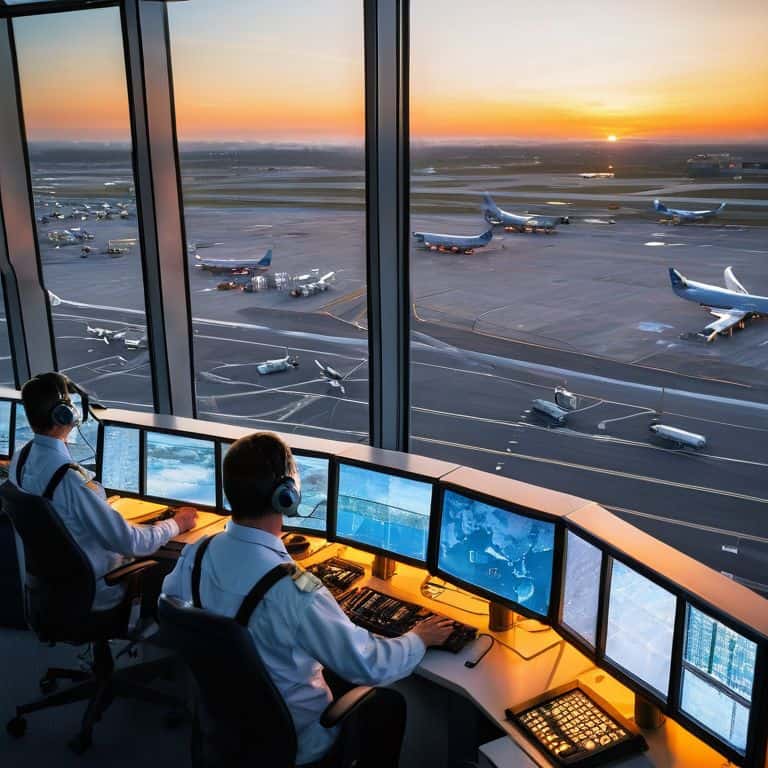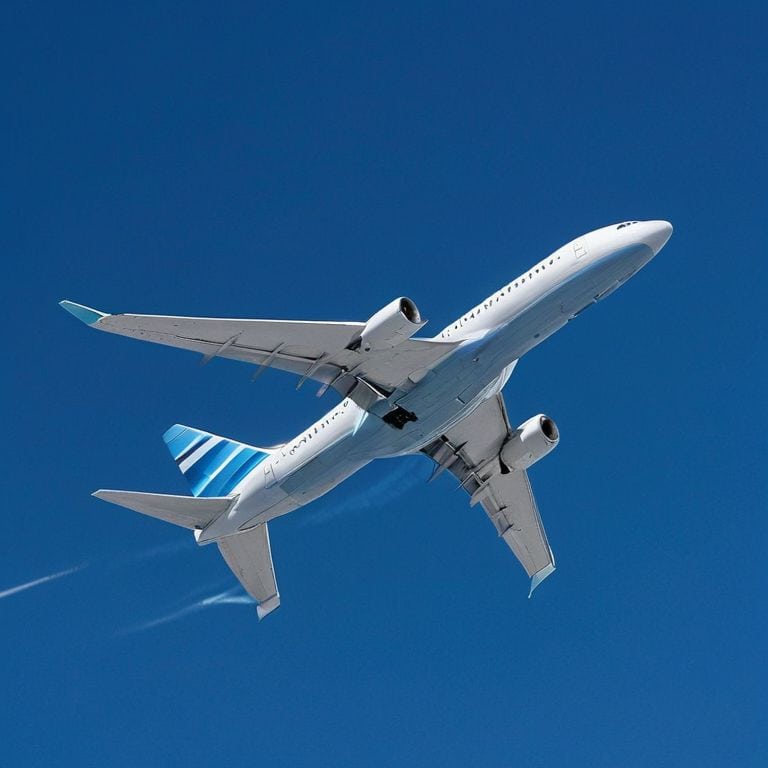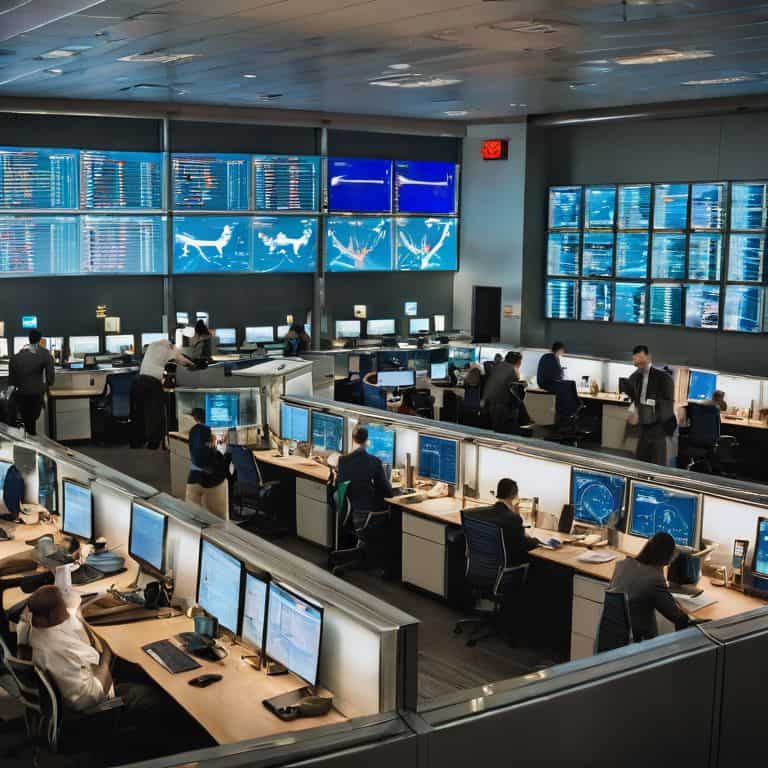I still remember the first time I witnessed the complexity of air traffic control firsthand. I was at a major airport, watching planes take off and land in a choreographed dance, and I was fascinated by the systems that made it all possible. As I delved deeper, I realized that many people have misconceptions about what is nextgen air traffic control. They think it’s just about new technology or fancy equipment, but it’s so much more than that. It’s about creating a more efficient, safer, and more sustainable air travel experience. I’ve seen how NextGen air traffic control is revolutionizing the way we manage flight paths, and I’m excited to share my knowledge with you.
As someone who’s spent years working in the aviation industry, I’ve learned to cut through the hype and focus on the real innovations that are shaping the future of flight. In this article, I’ll take you on a journey to explore the ins and outs of NextGen air traffic control, from its benefits to its challenges. I’ll share real-life examples and case studies that illustrate its potential, and I’ll provide you with a clear understanding of what is nextgen air traffic control and how it’s transforming the aviation landscape. My goal is to give you a no-nonsense look at the technology and systems that are making air travel better, safer, and more efficient.
Table of Contents
- Revolutionizing Flight
- Automatic Dependent Surveillance Broadcast Innovations
- Unlocking Nextgen Air Traffic Control Secrets
- What Is Nextgen Air Traffic Control
- Unlocking the Power of NextGen: 5 Essential Insights
- Key Takeaways from the NextGen Air Traffic Control Revolution
- The Pulse of Modern Aviation
- Embracing the Future of Flight
- Frequently Asked Questions
Revolutionizing Flight
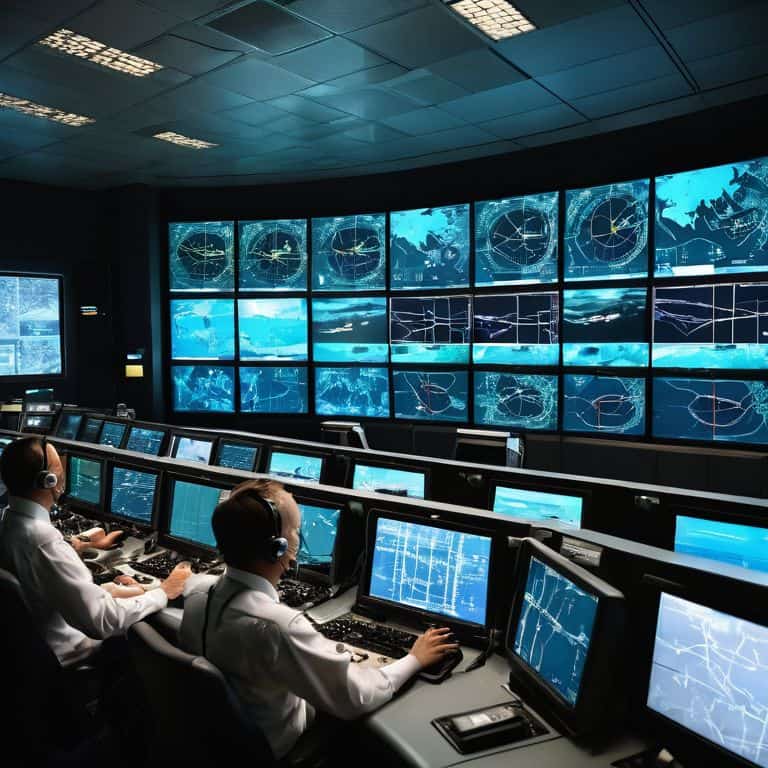
As I delve into the world of nextgen air traffic control systems, I’m constantly amazed by the sheer scope of innovation. One of the key components that’s revolutionizing flight is the implementation of automatic dependent surveillance broadcast applications. This technology enables aircraft to transmit their precise location and velocity, allowing for more efficient routing and reduced separation distances. I’ve seen firsthand how this technology can increase airspace capacity and reduce delays.
The impact of precision navigation and timing cannot be overstated. By leveraging advanced global navigation satellite system augmentation, air traffic controllers can pinpoint an aircraft’s location with unprecedented accuracy. This enables more complex flight paths and reduces the risk of collisions. I’ve had the opportunity to explore the air traffic management modernization plans of several major airports, and it’s clear that these advancements are having a profound impact on the industry.
As we look to the future, initiatives like the Single European Sky initiative are driving the adoption of next-generation air traffic control technologies. By harmonizing standards and procedures across the continent, we can create a more seamless and efficient air travel experience. I’m excited to see how these developments will continue to shape the future of aviation, and I’m eager to explore the possibilities that global navigation satellite system augmentation holds for modern flight.
Automatic Dependent Surveillance Broadcast Innovations
As I delve into the specifics of NextGen air traffic control, I’m excited to explore the Automatic Dependent Surveillance Broadcast (ADS-B) innovations that are transforming the way we track flights. This technology allows for more precise location tracking, enabling air traffic controllers to manage airspace more efficiently.
The implementation of ADS-B is a game-changer for reducing congestion and increasing safety in our skies. By providing real-time position updates, ADS-B enables more accurate flight tracking and helps to prevent potential collisions, making air travel safer for everyone involved.
Unlocking Nextgen Air Traffic Control Secrets
As I delve deeper into the world of NextGen air traffic control, I’m fascinated by the complex algorithms that power its decision-making processes. These advanced systems enable more precise routing and scheduling, significantly reducing delays and increasing overall efficiency.
The implementation of NextGen is a game-changer for the aviation industry, allowing for real-time data exchange and more accurate tracking of flights. This increased situational awareness enables air traffic controllers to make more informed decisions, ultimately enhancing the safety and reliability of air travel.
What Is Nextgen Air Traffic Control
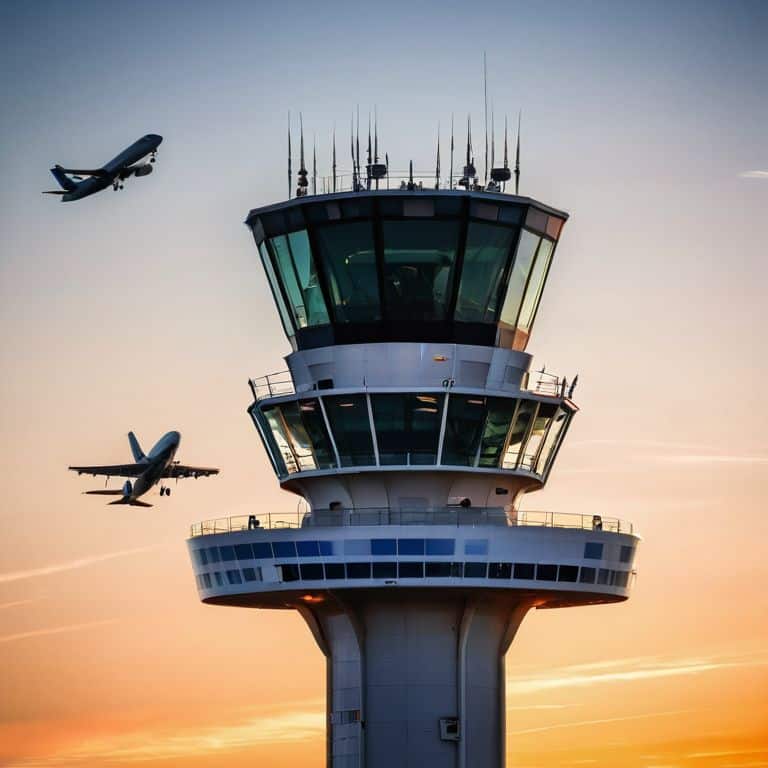
As I delve into the world of air traffic control, I’m excited to share my insights on the nextgen air traffic control systems that are transforming the industry. At its core, NextGen is about modernizing the way we manage air traffic, making it safer, more efficient, and environmentally friendly. This is achieved through a combination of precision navigation and timing, which enables aircraft to fly more precise routes, reducing fuel consumption and lowering emissions.
One of the key components of NextGen is the automatic dependent surveillance broadcast (ADS-B) applications, which allow for more accurate tracking of aircraft. This technology is a game-changer, enabling air traffic controllers to manage traffic more effectively and reducing the risk of collisions. As part of the air traffic management modernization plans, ADS-B is being rolled out across the globe, with initiatives like the Single European Sky initiative leading the way.
The implementation of NextGen is also closely tied to the development of global navigation satellite system augmentation, which provides even more accurate positioning and timing information. By leveraging these technologies, air traffic control can become more streamlined, reducing delays and increasing the overall efficiency of air travel. As someone who’s passionate about the behind-the-scenes logistics of aviation, I find it fascinating to explore how these nextgen air traffic control systems are shaping the future of flight.
Global Navigation Satellite System Augmentation
As I delve into the world of NextGen air traffic control, I’m excited to explore the Global Navigation Satellite System (GNSS) augmentation that’s making a significant impact. This technology is enabling more precise navigation and location determination, which is crucial for safe and efficient air travel. By augmenting GNSS signals, airports and airlines can improve the accuracy of their navigation systems, reducing the risk of errors and increasing the overall efficiency of flight operations.
The use of Wide Area Augmentation System (WAAS) is a key component of GNSS augmentation, allowing for more precise navigation and landing approaches. This technology is being adopted by airports around the world, and I’ve seen firsthand the positive impact it’s having on air traffic control and passenger safety.
Precision Navigation and Timing Advances
As I delve into the world of NextGen air traffic control, I’m excited to explore the precision navigation advances that are transforming the industry. With the help of advanced GPS systems and inertial measurement units, aircraft can now pinpoint their exact location and velocity with unprecedented accuracy. This technology has far-reaching implications for air traffic control, enabling more efficient routing and reduced separation between aircraft.
The implementation of high-precision timing protocols is another crucial aspect of NextGen air traffic control. By synchronizing clocks across the entire air traffic control system, controllers can make more accurate predictions about flight trajectories, reducing the risk of collisions and near-misses.
Unlocking the Power of NextGen: 5 Essential Insights
- Understand the fundamentals of Automatic Dependent Surveillance-Broadcast (ADS-B) and its role in enhancing air traffic control accuracy
- Explore the benefits of Performance-Based Navigation (PBN) and how it enables more efficient flight paths
- Discover how NextGen leverages advanced Global Navigation Satellite System (GNSS) augmentation to improve precision and reliability
- Learn about the impact of System Wide Information Management (SWIM) on real-time data sharing and collaboration between air traffic control and airlines
- Stay up-to-date on the latest developments in weather integration and predictive analytics, and how they’re transforming the future of air traffic management
Key Takeaways from the NextGen Air Traffic Control Revolution
I’ve gained a deeper understanding of how NextGen air traffic control is transforming the aviation industry through its innovative use of automatic dependent surveillance broadcast and precision navigation and timing advances
The implementation of Global Navigation Satellite System augmentation is a crucial component in enhancing the safety and efficiency of air travel, and I’m excited to see its continued development and integration
By exploring the intricacies of NextGen air traffic control, it’s become clear that the future of aviation relies on the successful marriage of technological innovation and logistical optimization, making air travel safer, more efficient, and more exciting than ever
The Pulse of Modern Aviation
NextGen air traffic control is more than just an upgrade – it’s a fundamental shift in how we approach the art of flight, weaving together cutting-edge technologies to create a safer, more efficient, and more sustainable aviation ecosystem.
Oliver Byrne
Embracing the Future of Flight
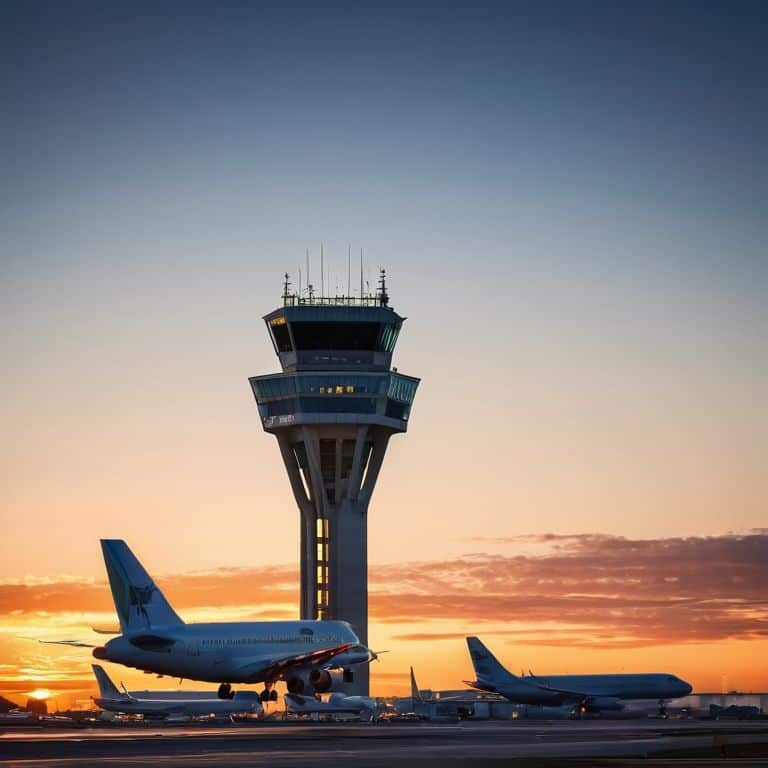
As I reflect on the advancements in NextGen air traffic control, it’s clear that revolutionary technology is transforming the aviation industry. From automatic dependent surveillance broadcast innovations to precision navigation and timing advances, these updates are not only making air travel safer but also more efficient. The implementation of NextGen is a testament to the power of collaborative innovation, bringing together experts from various fields to create a more streamlined and reliable system. By understanding the intricacies of these improvements, we can better appreciate the complexity and beauty of modern flight.
As we look to the future, it’s exciting to consider the potential of NextGen air traffic control to reshape the skies. With its ability to reduce congestion, decrease fuel consumption, and enhance overall passenger experience, this technology has the potential to make a significant impact on the environment and our daily lives. As someone who’s passionate about the unseen logistics that make air travel possible, I’m eager to see how these advancements will continue to evolve and improve the industry, making the future of aviation brighter and more sustainable than ever.
Frequently Asked Questions
How does NextGen air traffic control improve upon current systems for managing flight traffic?
I’ve witnessed NextGen’s impact firsthand, and it’s a total game-changer. By leveraging advanced surveillance and automation, NextGen improves upon current systems by increasing precision, reducing delays, and enhancing safety. It’s a seismic shift from traditional radar-based systems, enabling more efficient flight routing and real-time traffic management.
What role do satellite-based technologies play in enabling the precision and efficiency of NextGen air traffic control?
I’ve seen satellite-based technologies, like GPS and WAAS, play a crucial role in NextGen’s precision and efficiency. They enable more accurate navigation and reduced separation between aircraft, making air travel safer and more efficient. It’s fascinating to watch how these technologies seamlessly integrate with other systems to create a more streamlined air traffic control process.
What are the potential challenges and limitations that must be addressed in the widespread implementation of NextGen air traffic control systems?
As I’ve seen in my consulting work, implementing NextGen air traffic control systems comes with its own set of challenges, such as cybersecurity risks, interoperability issues, and the need for significant investments in training and infrastructure – all of which must be carefully addressed to ensure a seamless transition.
